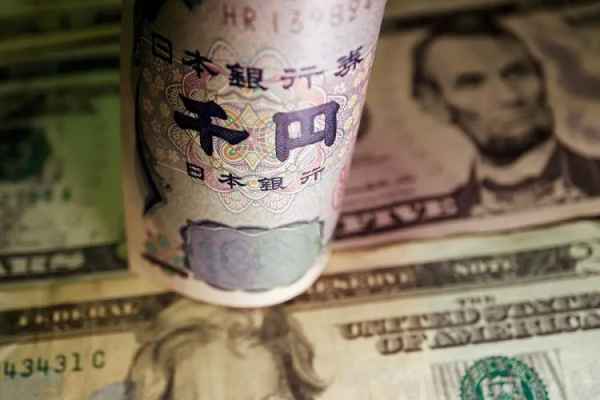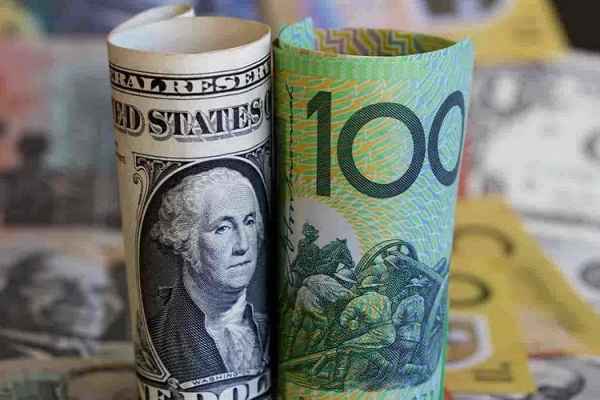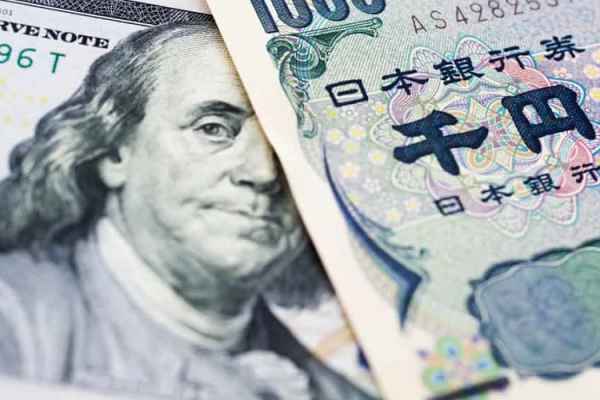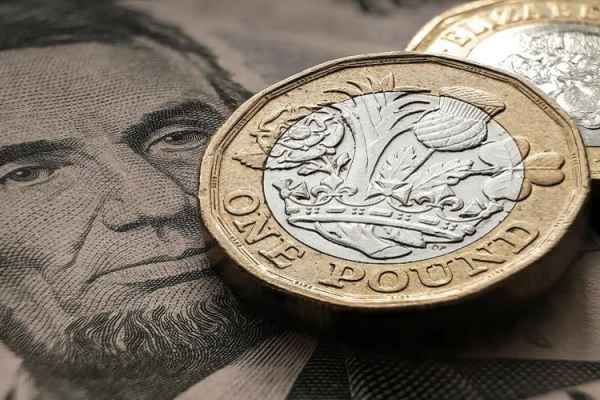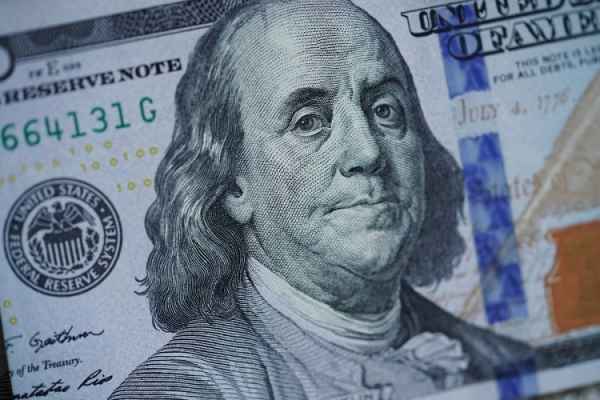The United States faces the risk of default on June 1, 2023, if Congress fails to raise the government's debt ceiling by that deadline.
The US Dollar Index (DXY) slipped slightly from its five-week high of 102.75 to the 102.50 range in Monday's Asian trading session. Market participants this week will closely monitor political negotiations regarding the US debt ceiling issue, in addition to several economic data releases and impactful speeches by Federal Reserve officials.
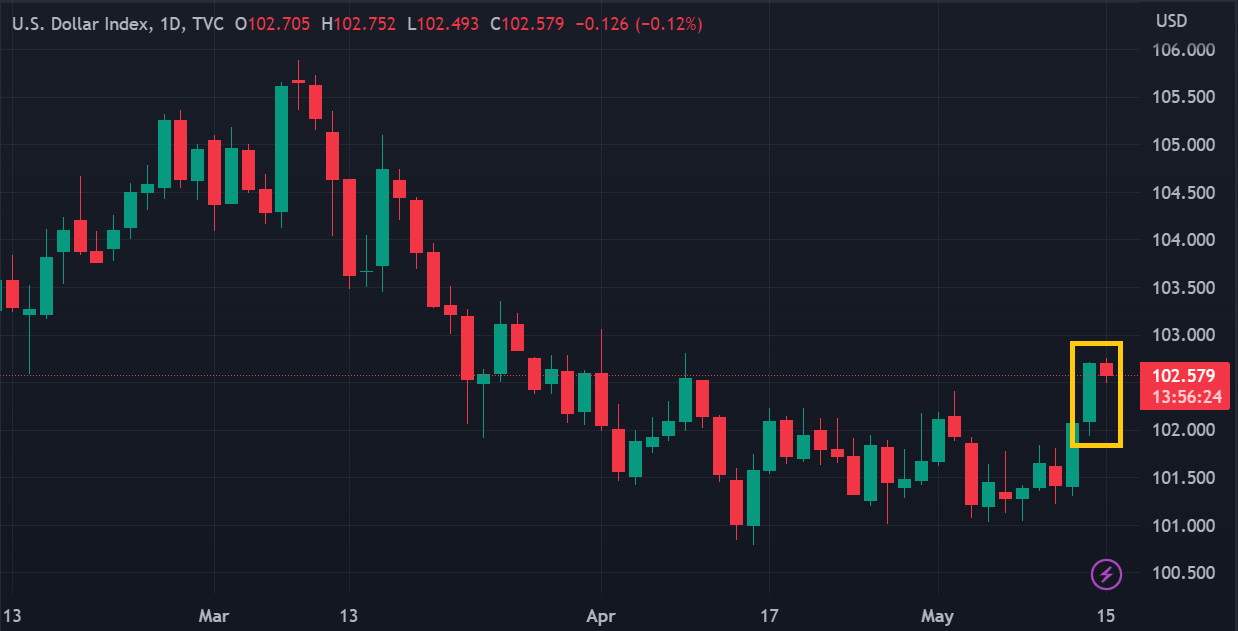 DXY Daily chart via TradingView
DXY Daily chart via TradingView
Analysts have pointed out several factors driving the strength of the US dollar last week. Market concerns about US inflation, risks to global economic growth, and the US debt ceiling issue have boosted demand for the greenback as one of the most liquid safe-haven assets.
Market data indicates that some traders expect the Federal Reserve to cut interest rates by the year's end, given the economic growth slowdown. However, Federal Reserve officials emphasize that they will not cut interest rates this year.
The Fed's hawkish stance has contributed positively to the US dollar. The US debt ceiling dispute has also sparked significant buying interest in safe havens.
The United States faces the risk of default on June 1, 2023, if Congress fails to raise the government's debt ceiling by the deadline. A scheduled meeting discussing the issue was abruptly canceled on Friday, and negotiations between US President Joe Biden and lawmakers will continue this week.
Despite these factors, many believe the US dollar will continue to weaken in the coming months. The rationale is that US inflation has started to ease, and the Federal Reserve will not raise interest rates further.
"If you remove the uncertainty around the debt ceiling situation, the sentiment has been turning bearish against the dollar," said Khoon Goh, head of Asia research at ANZ.
At the time of writing, EUR/USD and GBP/USD were trading slightly in the range of 1.0870 and 1.2490, respectively. AUD/USD showed the best performance, surging over 0.5% to around 0.6690. The US dollar only had an edge against the Japanese yen, which continued to weaken due to low-interest rate policies and super-low bond yield targets.

 Dedicated FREE FOREX VPS
Dedicated FREE FOREX VPS Free FOREX Virtual Private Server
Free FOREX Virtual Private Server MT4 Demo Contest, Get $500
MT4 Demo Contest, Get $500 Sign Up for an Account, Claim 60% Deposit Bonus
Sign Up for an Account, Claim 60% Deposit Bonus Free MT4/MT5 VPS 2024
Free MT4/MT5 VPS 2024 Send E-mail and Get Free Merchandise
Send E-mail and Get Free Merchandise $1K Refer a Friend Bonus for Pepperstone Pro clients
$1K Refer a Friend Bonus for Pepperstone Pro clients Maximize Your Earnings with 100% Deposit bonus
Maximize Your Earnings with 100% Deposit bonus Trade to Win, $5,000 Monthly Demo Contest
Trade to Win, $5,000 Monthly Demo Contest Claim 30% + 15% Deposit Bonus from LiteFinance
Claim 30% + 15% Deposit Bonus from LiteFinance

